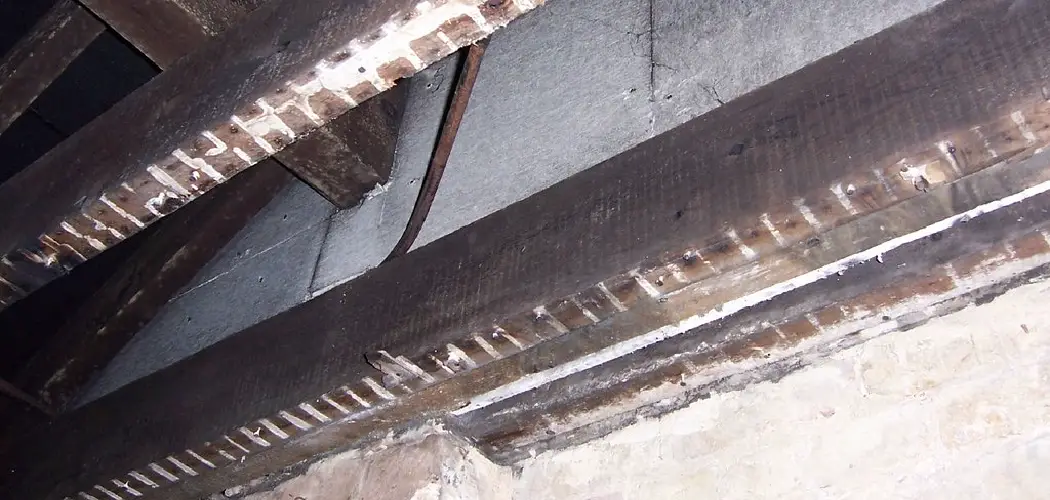Understanding how to identify asbestos in insulation is crucial for homeowners, contractors, and anyone involved in building maintenance or renovation. Asbestos, a naturally occurring mineral that was widely used for its heat resistance and insulating properties, poses serious health risks when disturbed.
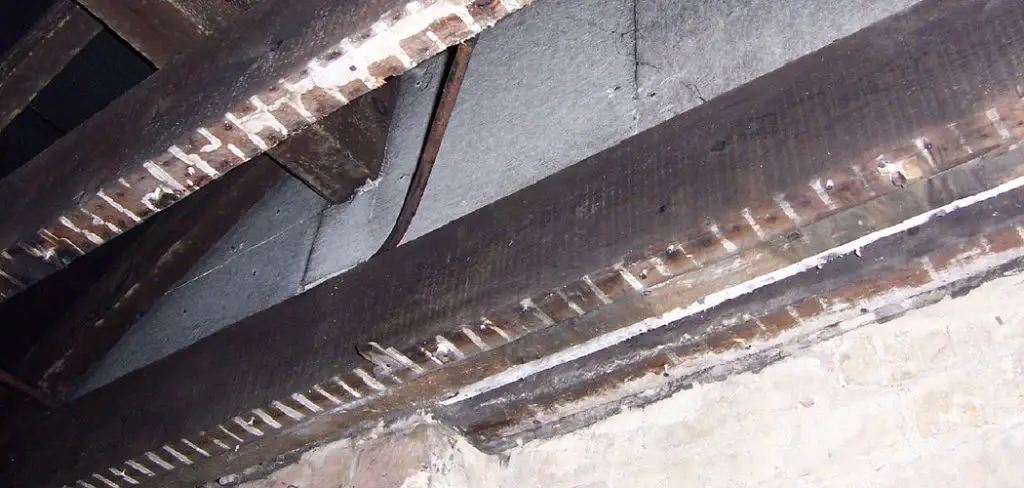
This introduction provides essential information on recognizing various types of insulation that may contain asbestos, the significance of testing and professional removal, and steps to take if you suspect the presence of this hazardous material in your home or workplace. By being informed, you can ensure safety and compliance with regulations surrounding asbestos handling and management.
Why is Asbestos Used in Insulation?
Asbestos was commonly used in insulation materials due to its unique properties, which made it highly effective for heat resistance, soundproofing, and fireproofing. Its fibrous structure allows it to withstand high temperatures without degrading, making it ideal for use in pipes, boilers, and thermal insulation. Additionally, asbestos is resistant to chemical damage and has excellent tensile strength, which contributed to its widespread adoption in construction during the late 19th and early 20th centuries.
The cost-effectiveness and availability of asbestos also played a significant role in its use, as it was an abundant natural resource at that time. However, the health risks associated with asbestos exposure have led to a decline in its usage and increased regulations surrounding its removal and management in existing buildings.
Types of Insulation That May Contain Asbestos
Asbestos can be found in various types of insulation, including loose-fill, spray-applied, and blanket insulation. It may also be present in older building materials such as cement, plaster, and roofing felts. Some common forms of asbestos-containing insulation include:
Vermiculite Insulation:
This type was widely used for attic and wall insulation and often contains high levels of asbestos. It can be identified by its small, pea-sized pellets and is commonly found in homes built before the 1990s.
Zonolite Insulation:
Similar to vermiculite insulation, zonolite was also used for attic insulation and may contain high levels of asbestos. It is typically a gray-brown color with a shiny, reflective surface.
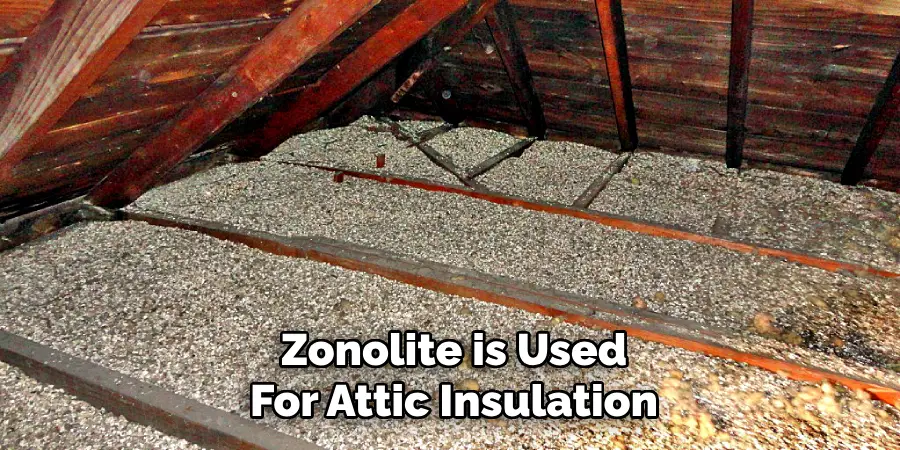
Fiberglass Batt Insulation:
While not containing asbestos itself, fiberglass batt insulation was sometimes installed alongside asbestos-containing materials. If it appears to be old or deteriorating, there may be a risk of asbestos exposure from nearby materials.
8 Step-by-step Guidelines on How to Identify Asbestos in Insulation
Step 1: Know the Age of Your Home or Building
Determining the age of your home or building is a critical first step in identifying the potential presence of asbestos-containing insulation. Structures built before the 1980s are at a higher risk of containing asbestos, as the material was widely utilized in construction during that time.
If your property was constructed between the late 19th century and the early 1980s, it is essential to investigate further, especially if renovations or repairs have been carried out without proper testing for asbestos. Understanding the timeline of your building can help you assess the likelihood of asbestos presence and guide your next steps in safely managing insulation materials.
Step 2: Check for Labels or Certifications
Some insulation materials may have labels indicating the presence of asbestos. However, these labels are not always reliable as they were not required by law until 1986. If you come across a label stating “Contains Asbestos,” it is best to assume that it does and proceed with caution.
Similarly, if you find any certifications for the insulation, they may indicate whether asbestos was used in its production. However, it is crucial to note that many products did not explicitly state the use of asbestos in their composition, so do not rely solely on these markings.
Step 3: Conduct a Visual Inspection
If your home or building has accessible insulation, you can conduct a visual inspection for signs of asbestos. Asbestos-containing materials may have a gray or white appearance and may be coated with dust or debris. Look for any breaks, tears, or water damage in the insulation, as these can release fibers into the air.
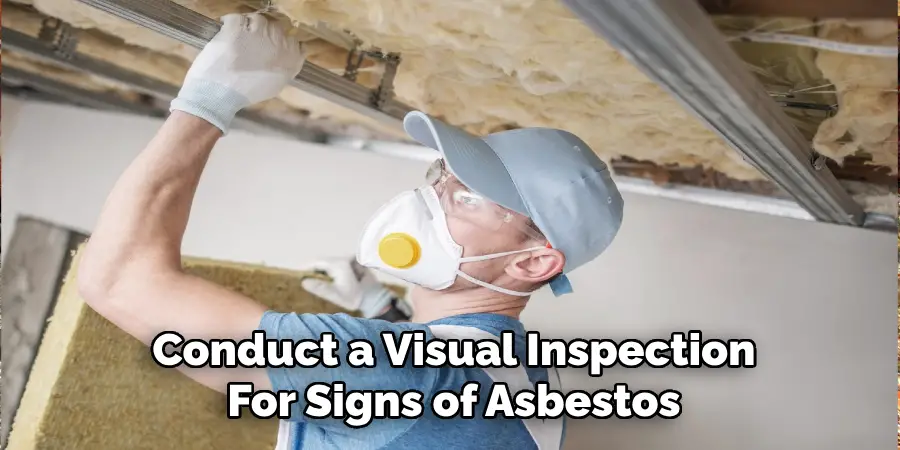
It is essential to note that not all asbestos-containing materials are visible to the naked eye, so this step should not be used as the only method of identification.
Step 4: Understand Common Types of Insulation Materials
As mentioned earlier, various types of insulation may contain asbestos. Knowing what type of material was commonly used in your building’s construction can help narrow down potential sources of asbestos.
Some common types include vermiculite, zonolite, fiberglass batts, and asbestos cement. Researching the typical insulation materials used in buildings during the time your property was constructed can provide valuable insight into potential sources of asbestos.
Step 5: Be Aware of Potential Asbestos-Containing Building Materials
In addition to insulation materials, there are several other building materials that may contain asbestos, particularly in properties constructed before the 1980s. Common materials to be aware of include textured paint, ceiling tiles, and flooring products such as vinyl tiles and linoleum. Asbestos may also be present in certain types of roofing materials, pipe insulation, and cement products used for walls, ceilings, and pipes.
When surveying your property, keep an eye out for any signs of wear or damage to these materials, as this can increase the risk of asbestos exposure. If you suspect that any of these materials contain asbestos, it is essential to avoid disturbing them, as this can release harmful fibers into the air. Instead, consult a professional for proper evaluation and testing.
Step 6: Know Your State and Local Regulations
Asbestos regulations vary by state and local authorities, so it is crucial to familiarize yourself with the applicable laws in your area. Some states require mandatory disclosure of asbestos-containing materials during property sales, while others have strict guidelines for removal and disposal procedures.
By understanding your local regulations, you can ensure that any potential asbestos-containing insulation is handled appropriately and safely.
Step 7: Consider Hiring a Professional for Testing
If you are unsure about the presence of asbestos in your home or building’s insulation, it may be best to hire a professional for accurate testing and evaluation. These experts have specialized equipment and training to properly identify asbestos-containing materials and can provide recommendations for safe removal and disposal.
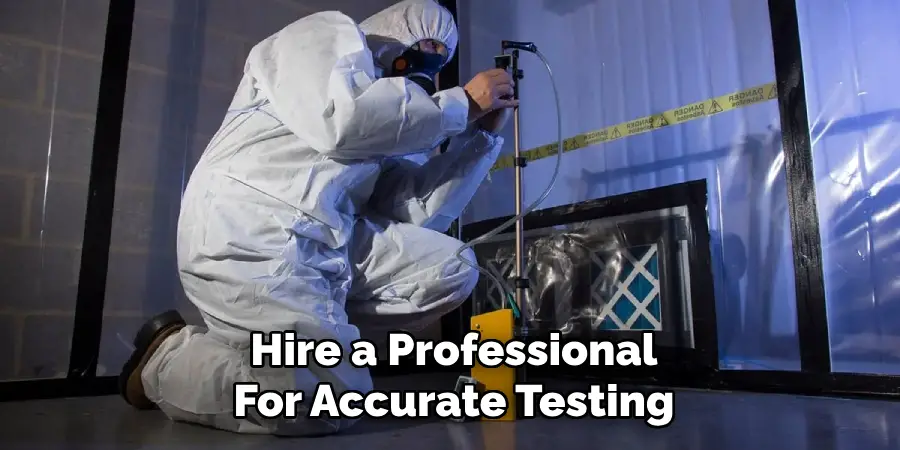
It is crucial to note that disturbing asbestos-containing materials can be hazardous, so it is best to leave the testing and removal process to trained professionals.
Step 8: Develop a Plan for Safe Removal or Management
If it is determined that your insulation contains asbestos and needs to be removed, it is essential to develop a plan for safe removal and disposal. This typically involves hiring licensed contractors who have experience in handling asbestos-containing materials properly.
In some cases, encapsulation or enclosure methods may be used as an alternative to removal. These methods on how to identify asbestos in insulation involve sealing the material in place rather than removing it from the property entirely. It is crucial to consult with professionals and local authorities before implementing any management plans for asbestos-containing insulation.
Additional Considerations
When dealing with potential asbestos-containing insulation, it is important to consider several additional factors to ensure safety and compliance. First, always prioritize personal safety by wearing appropriate protective gear, including masks and gloves, when inspecting or working around suspected materials. Moreover, ensure that the work area is well-ventilated to reduce the concentration of airborne fibers.
It is also advisable to educate and inform all occupants and workers in the building about the possible presence of asbestos and the measures being taken to manage it. Community resources, such as local health departments and environmental agencies, can provide valuable information and support regarding asbestos management and removal practices. Finally, regularly reassessing the condition of insulation and other materials in your home is crucial, as deterioration over time can increase the risk of exposure.
Frequently Asked Questions
Q1: Can I Remove Asbestos-containing Insulation Myself?
A: It is not recommended to remove asbestos-containing materials without proper training and equipment. Asbestos fibers can be dangerous when disturbed, so it is best to hire trained professionals for safe removal and disposal.
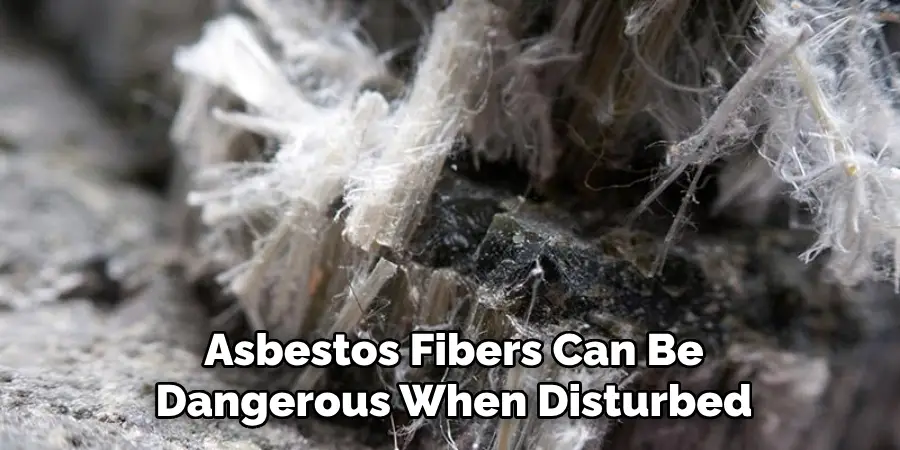
Q2: Is Asbestos Always Visible in Insulation?
A: No, not all asbestos-containing materials are visible to the naked eye. Some may be coated with dust or debris, making them difficult to identify without proper testing and evaluation.
Q3: How Can I Tell if My Home’s Insulation Contains Asbestos?
A: The only way to confirm the presence of asbestos in insulation is through professional testing. However, you can look for signs such as gray or white appearance and breaks or tears in the insulation that may indicate its potential inclusion. It is crucial not to disturb any suspected materials and to consult a professional for accurate testing and evaluation.
Conclusion
In summary, understanding the potential presence of asbestos in insulation and other building materials is vital for ensuring the safety of occupants and workers on any property. By conducting thorough inspections, familiarising yourself with local regulations, and consulting with professionals when necessary, you can effectively manage and mitigate the risks associated with asbestos exposure.
Whether it involves safe removal, encapsulation, or regular monitoring, taking proactive measures to address any asbestos concerns will contribute to a healthier living environment. Remember, safety should always be the top priority, and informed decisions can help protect yourself and those around you from the dangers of asbestos. Thanks for reading this article on how to identify asbestos in insulation.
Check it out to Repair My Furnace

